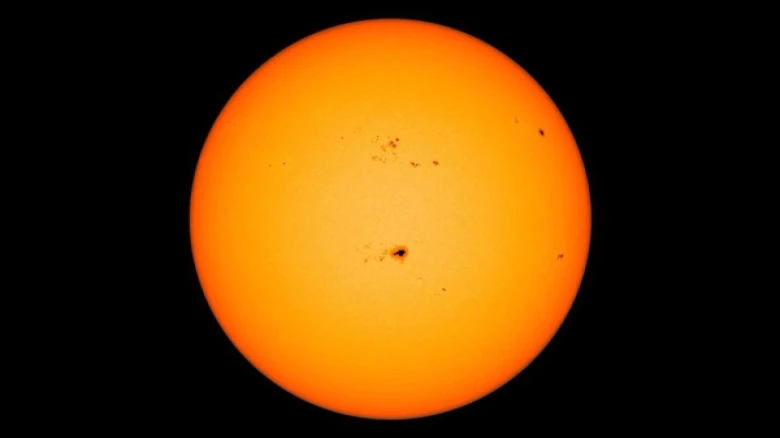On January 17 and 19, the Kodaikanal observatory observed the sun and photographed the gigantic sunspot in action...
Digital Desk: The sun is full of energy, and gazing at it directly is not a good idea. However, if you have a solar filter, you may look at the sun and see a massive sunspot moving across its surface.
The sunspot AR3190 has been photographed in its entirety by the Kodaikanal Solar Observatory on the southern point of the Palani Hills.
Sunspots are patches of the Sun's surface that seem dark, according to Nasa. Electrically charged gases produce zones with strong magnetic fields.
"The Sun's gases are constantly moving, causing the magnetic fields to coil, stretch, and twist. This motion causes a lot of activity on the Sun's surface, which is known as solar activity "According to Nasa.
Sunspots are dark because they are cooler than the rest of the Sun's surface, and the Sun is nearing the end of its 11-year cycle. The cycle will reach its apex in 2025.
On January 17 and 19, the Kodaikanal Observatory observed the Sun and obtained images of sunspots in action. Astronomers from the Indian Institute of Astrophysics, Bengaluru, which runs the observatory, utilised a 40 cm telescope to see the phenomena, which has awed stargazers all across the world.
The sunspots were also photographed from Merak in Ladakh, which is the intended location for the National Large Solar Telescope. According to the researchers, the frequency and size of sunspots follow an eleven-year cycle, with AR3190 being the largest documented sunspot in the present cycle on the surface of the star in our Solar System.


Leave A Comment